Are you a Baby Boomer? If so, you may have had a cigarette or two growing up—or maybe you had more than your fair few.
Smoking can have a negative impact on your dental and overall health. And while the CDC has found cigarette smoking is declining, those who spent many years smoking, or maybe still do, are experiencing the consequences of the habit.
In this article, we’ll talk about how to whiten teeth after smoking and promote better dental health in your life.
History of Smoking
It wasn’t until the 1960’s that cigarette smoking was determined a health hazard. Studies showed that those who smoked were at a much higher risk of death caused by lung cancer than those who didn’t. Thus began the campaign to end smoking. And though it took time, the smoking rate and lung cancer death rate in the United States has gradually declined.
While these accomplishments are undeniably noteworthy, smoking has continued for millions of Americans today, bringing with the habit a risk for tooth decay and much worse – fatality.
For those who have stopped smoking, the new battle they face is trying to whiten teeth after quitting smoking.
Negative Effect of Smoking: Tooth Discoloration
Besides promoting greater decay in teeth, smoking can contribute to tooth discoloration. However, the types, causes and diagnosis depends on the individual. The three main types of discoloration are:
Extrinsic Discoloration
This type of tooth discoloration takes place when the enamel—the outermost layer of your tooth—is stained. Extrinsic discoloration can be caused by:
- Smoking or Chewing Tobacco/Nicotine Products – Nicotine has been known to damage your teeth—causing cavities and leaving yellow or brown stains.
- Food or Drink – Certain foods and drinks (like coffee, tea and soda) can stain your teeth and actually strip away tooth enamel.
- Inadequate Brushing – Believe it or not but your tooth-brushing technique could be what’s causing problems and discoloring your teeth.
Intrinsic Discoloration
Intrinsic discoloration occurs when the inner structure of the tooth becomes stained or darkened. Intrinsic Discoloration can be caused by:
- Excess Exposure to Fluoride – In early childhood, too much fluoride can damage teeth.
- Temporary Teeth Trauma – During childhood, if someone undergoes a trauma to the mouth, it could impair the development of their permanent teeth.
- Permanent Teeth Trauma – Traumas such as this can produce internal bleeding.
- Dentinogenesis Imperfecta – This is a rare condition that some people are born with, causing gray or purple discolorations in the teeth.
Age-Related Discoloration
The majority of age-related discoloration is a combination of both extrinsic and intrinsic elements. Typically as one ages the enamel on their teeth naturally thins, and the dentin (bone underneath the enamel) becomes yellow—consequently increasing the likelihood of stained teeth. Injuries such as chipped or cracked teeth or tooth loss can result in discoloration.
How to Fix Stained Teeth from Smoking
Having healthy, clean and white teeth is a valuable trait, and there are numerous ways to achieve just that. A brighter, whiter smile will not only boost your self-esteem but improve your overall first impression to those you meet and could even land you that job or promotion you’ve been wanting.
Here’s how to whiten teeth after smoking:
- Quit Smoking
- Generate Good Dental Habits at Home
- DIY Teeth Whitening
- Professional Teeth Whitening
- Routine Dental Visits
Below, we’ll discuss more details when it comes to each of these teeth whitening methods.
Quit Smoking
The effects of smoking go beyond discoloration or stained teeth. While you can take precautions to whiten your smile or limit the amount of times you “light up” in a week, you are still exposing yourself to major risks. Additionally, any work you try to get done on your teeth (while continuing to smoke) won’t stand a chance. It will be a constant battle for your teeth and checkbook. Talk to your family, friends or doctor and look at your options for quitting.
Establish Good Dental Habits at Home
Let’s do a quick comparison. The time it takes to keep up healthy dental habits compared to the time (and pain) of scheduling an emergency dental visit, going to the dentist’s office and paying for the procedure is significantly less. For a healthy smile, keep up good dental habits by:
- Brushing Twice Daily
- Flossing Once Daily
- Rinsing with Mouthwash Once Daily
DIY Teeth Whitening
There are a lot of options to consider for DIY Teeth Whitening. They include:
Homemade Paste
Mix together one-part baking soda and two parts hydrogen peroxide. Once mixed into a paste, use it to brush your teeth for 3-5 minutes. Do this once daily for 5 days. (Be cautious and do this only occasionally, not routinely. The paste could start to wear on the enamel).
Over-the-Counter Whitening Gels and Trays
If you buy a whitening gel package from your local pharmacy, it will come with some trays for your teeth and a syringe full of gel. Once you’ve brushed your teeth, place 8-10 drops of gel into the trays. When you are not using the gel, keep the syringe refrigerated. Bite gently on the tray and fit it to your teeth (remember to wipe away any excess gel). Wear the trays for 30 minutes and hand wash them when complete.
Whitening Strips
The boxes that the strips come in will have thorough instructions. Peel off each strip and apply to teeth (top and bottom). Remember to fold over any extra hanging off. Leave the strips on for the correct amount of time designated on the box. Brush your teeth.
Whitening Toothpastes
There are several whitening toothpastes available on the market using different agents (baking soda, abrasives or chemicals) to polish and remove stains from teeth. When searching for whitening toothpastes, look for the ADA Seal of Acceptance.
Whitening Devices
One of the latest developments in teeth whitening technology is the use of teeth whitening devices like the Glo Science Personal Teeth Whitening Device. It uses whitening gels and a mouthpiece that combines heat and light to ensure for whiter teeth following just four short 8-minute applications.
Professional Teeth Whitening at the Dentist
If you are worried about whitening your teeth by yourself, ask your dentist about teeth whitening options at his/her office. There are two options dentists typically offer:
- In-Office Bleaching
- Teeth Whitening Trays and Gels
In-Office Bleaching
The most common type of professional teeth whitening method is bleaching. Dentists use a powerful gel (much more powerful than over-the-counter bleaching agents) to bleach teeth white, protecting your tooth enamel throughout the process.
Teeth Whitening Trays and Gels
While you can purchase over-the-counter teeth whitening trays and gels from your local pharmacy, the trays and gels you get from your dentist often produce faster and more effective results because they contain a stronger peroxide bleaching agent and are custom made to fit your teeth.
Routine Dental Visits
Finally, let’s not overlook the importance of routine dental visits and cleanings—whether you decide on at-home teeth whitening treatment or in-office teeth whitening.
Regardless of your choice, you should always prioritize routine dental visits. The reality is dentists are able to clean your teeth much better than you can at home, which is why routine dental visits are so important for maintaining a whiter smile.
Check Out Our Ultimate Guide to Teeth Whitening
How Much Does Teeth Whitening Cost?
You can expect to pay anywhere from $2 to $600 for teeth whitening depending on the type of teeth whitening treatment you use.
Each treatment type will have varying degrees of effectiveness and may offer immediate results or take several weeks to months to offer any results at all.
At-Home Teeth Whitening Costs
There are a lot of teeth whitening options on the market today. Below is a cost estimate based on the most popular products for each at-home teeth whitening method available.
- Baking Soda + Hydrogen Peroxide (Homemade Paste) = $2
- Whitening Gels and Trays = $15-$40
- Whitening Strips = $10-$70
- Whitening Toothpastes = $30 or less
- Whitening Devices = $200
Professional Teeth Whitening Costs
There are two professional teeth whitening options commonly available at your dentist’s office: in-office bleaching and teeth whitening gels and trays. Below are some cost estimates for each option:
- In-Office Bleaching = $100 – $650
- Teeth Whitening Gels and Trays = $250 – $350
While the cost of these professional treatment options may seem steep, check with your dental office on their exact pricing (these are just estimates). Many dental offices have different pricing for these services and run specials for their patients throughout the year. They may also offer optional payment plans for these services.
Routine Dental Visit Costs
If you haven’t been to the dentist in years, you may be nervous about our recommendation to see your dentist regularly, whether you get professional teeth whitening done or decide on a DIY teeth whitening method.
However, the cost of doing so will be significantly less in the long-run when you consider the cost of emergency dental visits by neglecting your dental care. Routine dental visits benefit you greatly, not just for your smile but also at preserving and improving your overall health.
A routine dental visit without dental insurance could cost you a couple hundred dollars at each visit. However, with a dental savings plan, you can expect to pay about $58 at each visit. Affording a routine dental visits with a dental savings plan is a great option to consider!
Conclusion
Whatever situation you find yourself and whichever teeth whitening option you choose, consult with your dentist for advice and recommendations that fit in line with your budget and needs. Everyone deserves a whiter, brighter smile. Start taking steps toward yours today!
Purchase a Dental Savings Plan for Whiter Teeth

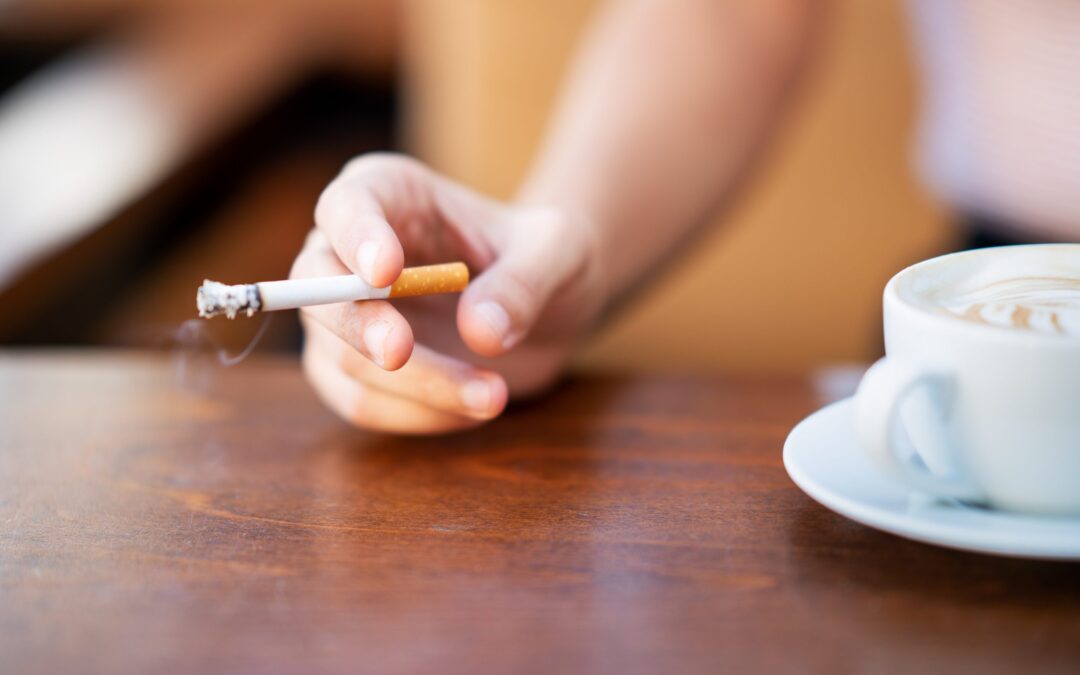
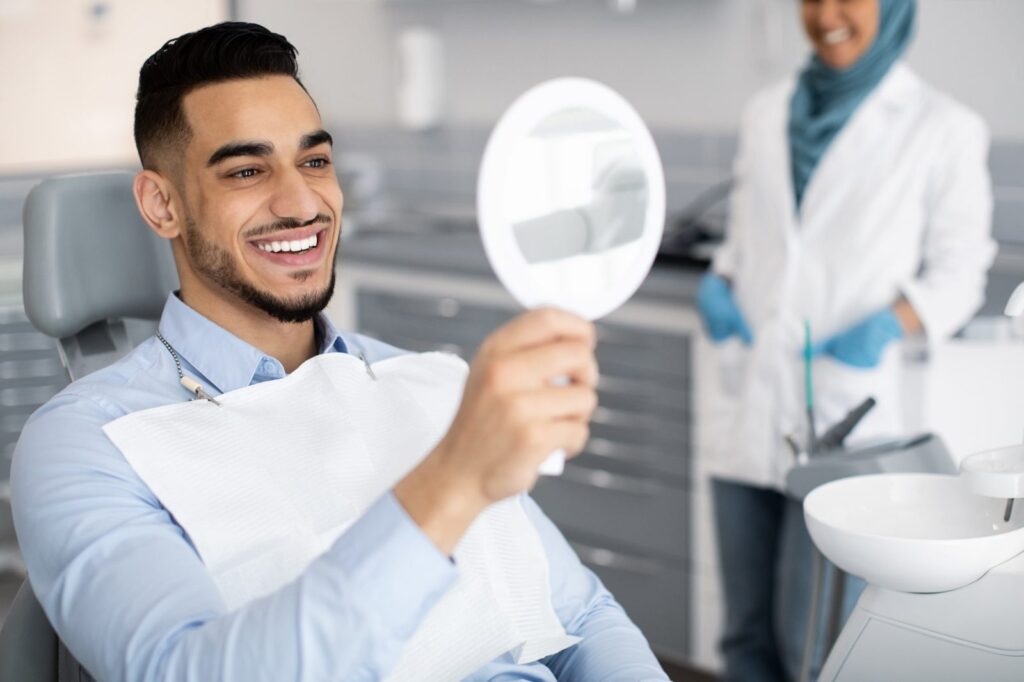
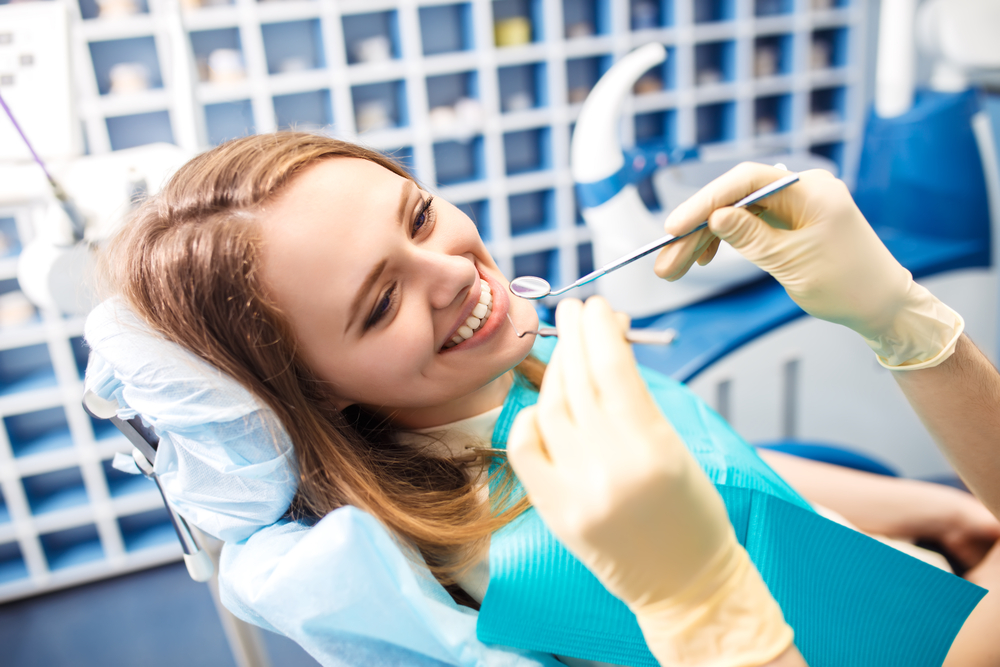

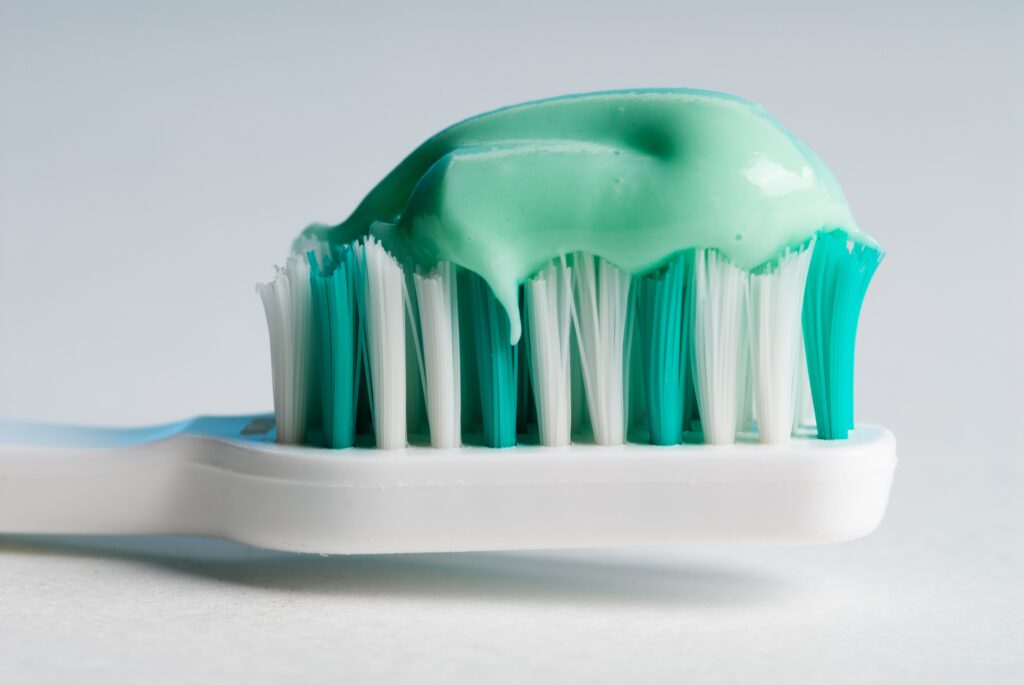
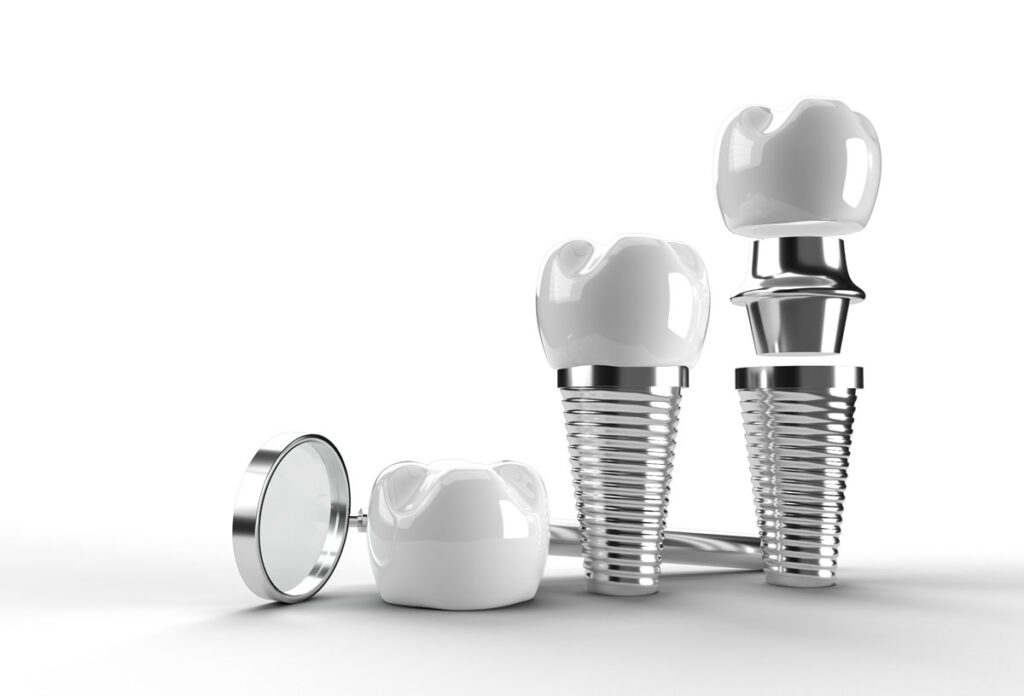
I actually wanted to write a quick word in order to express gratitude to you for all the great tips and tricks you are placing on this website. Thanks a lot!